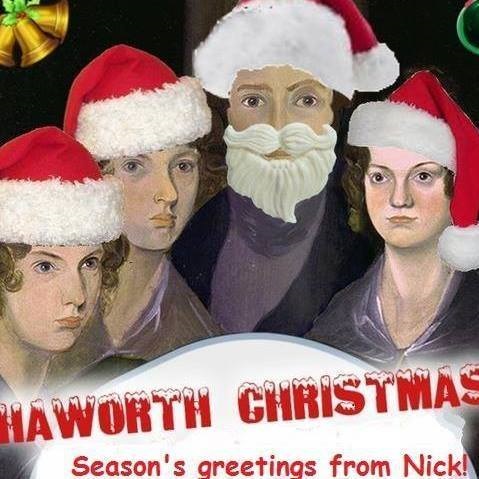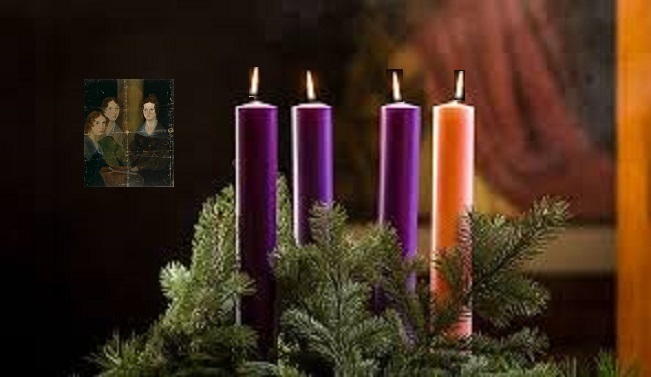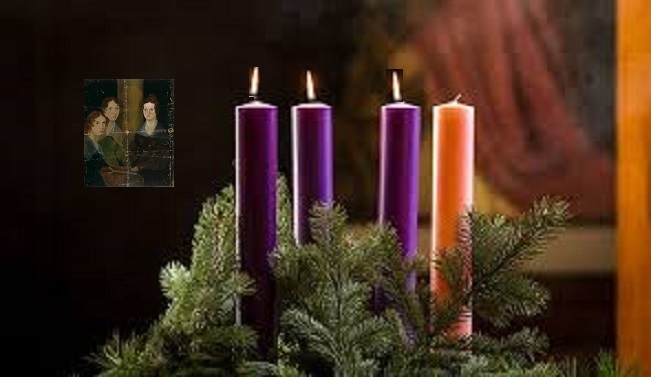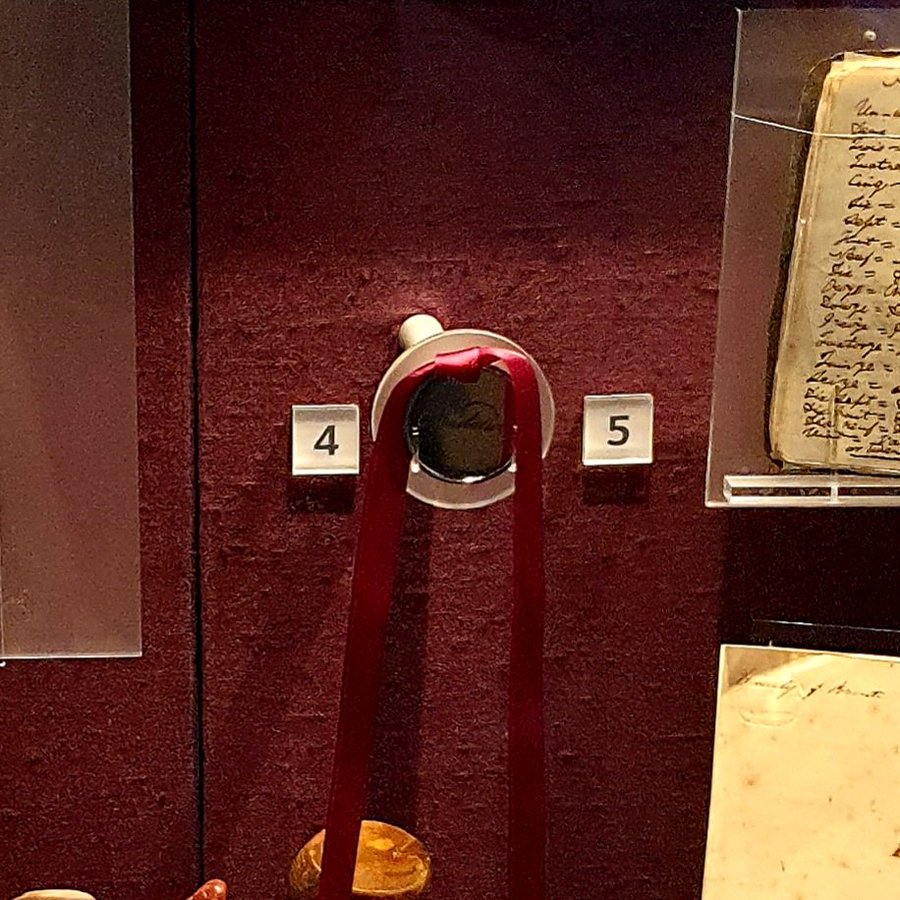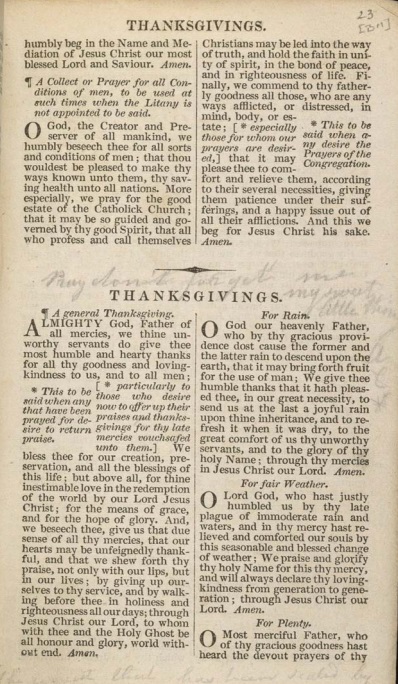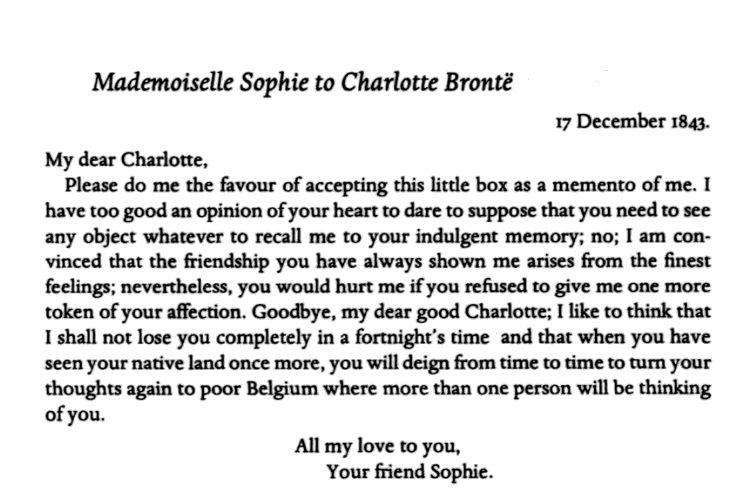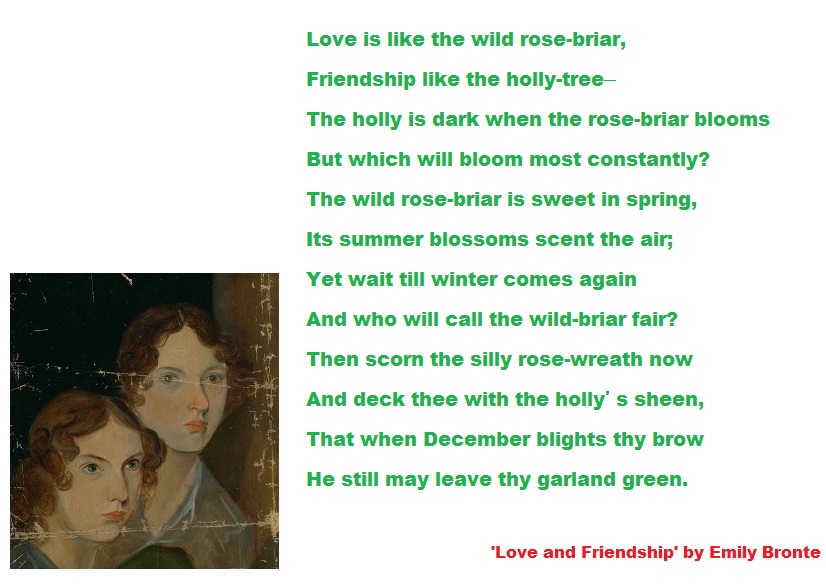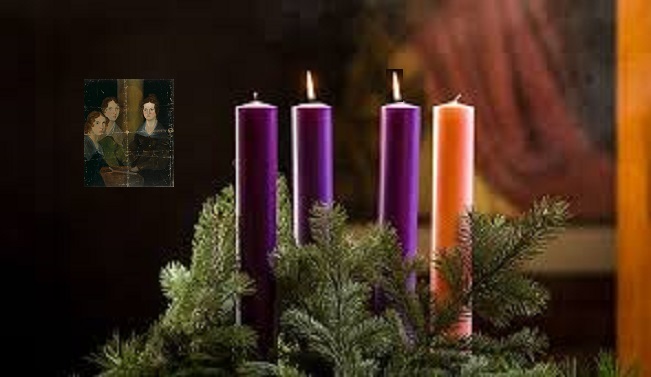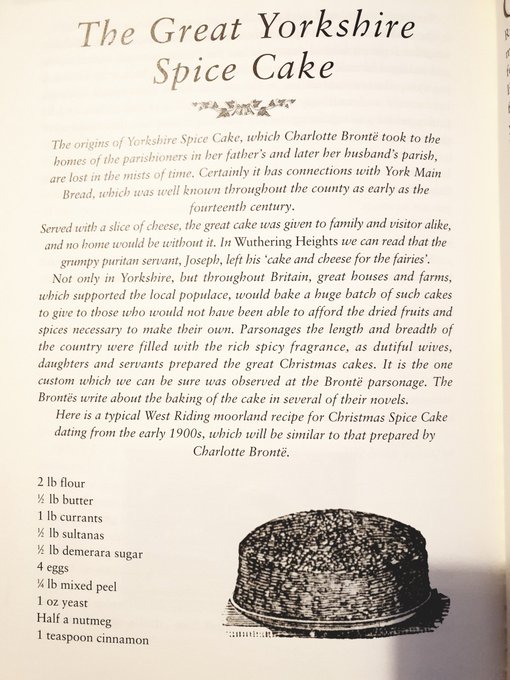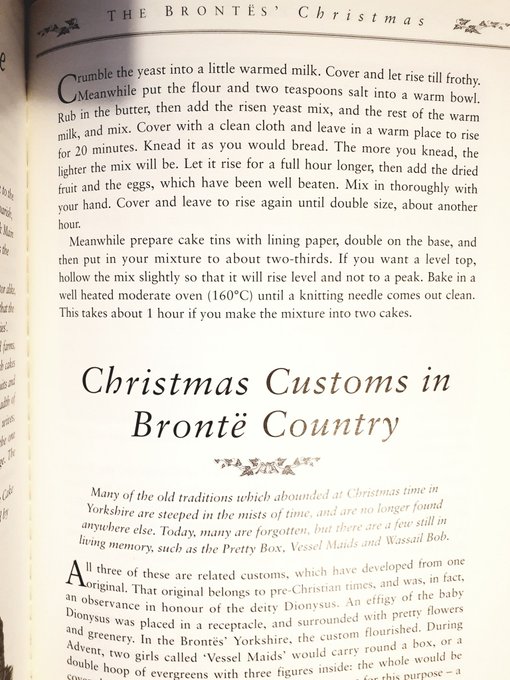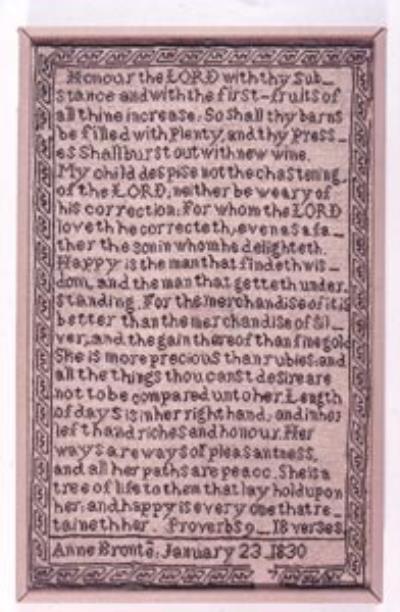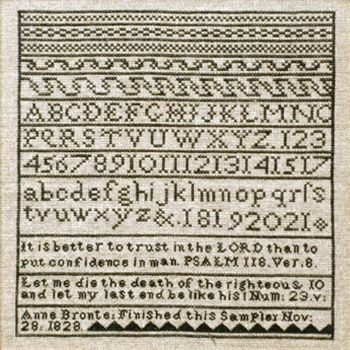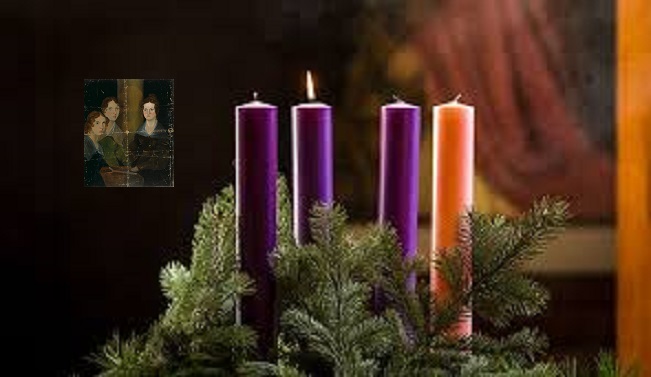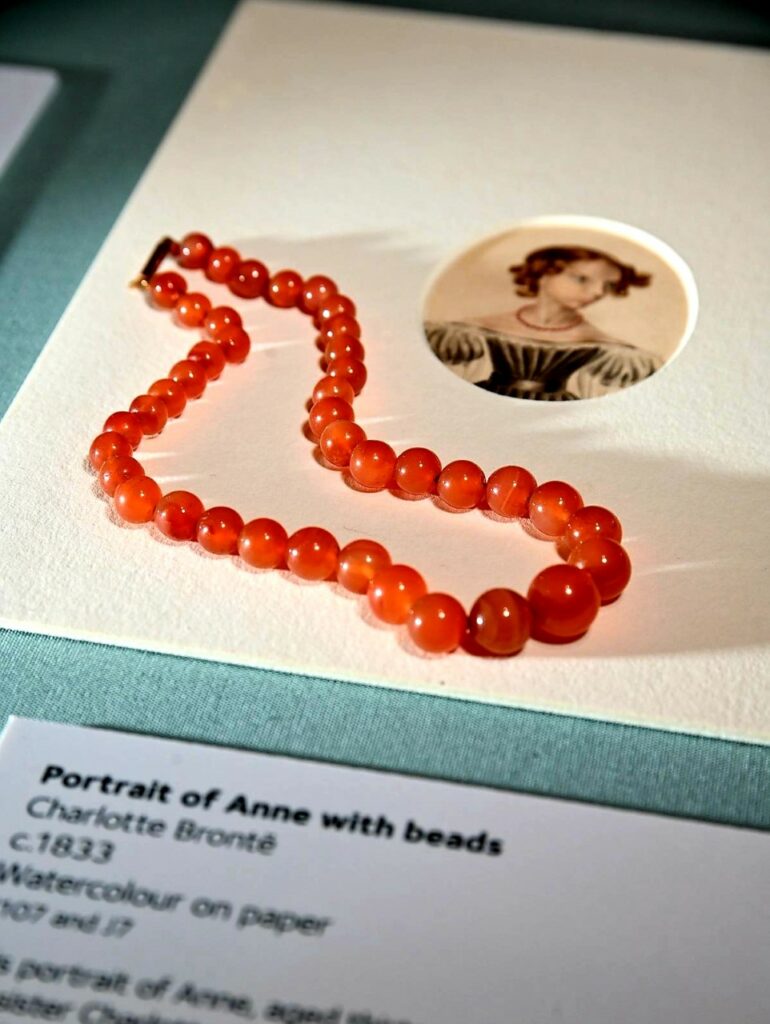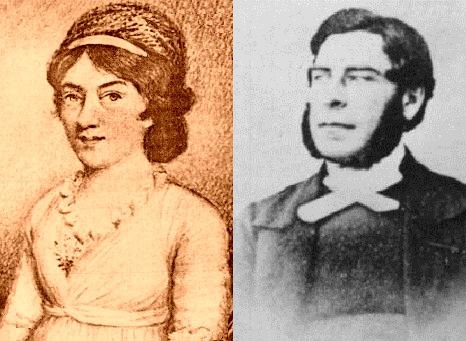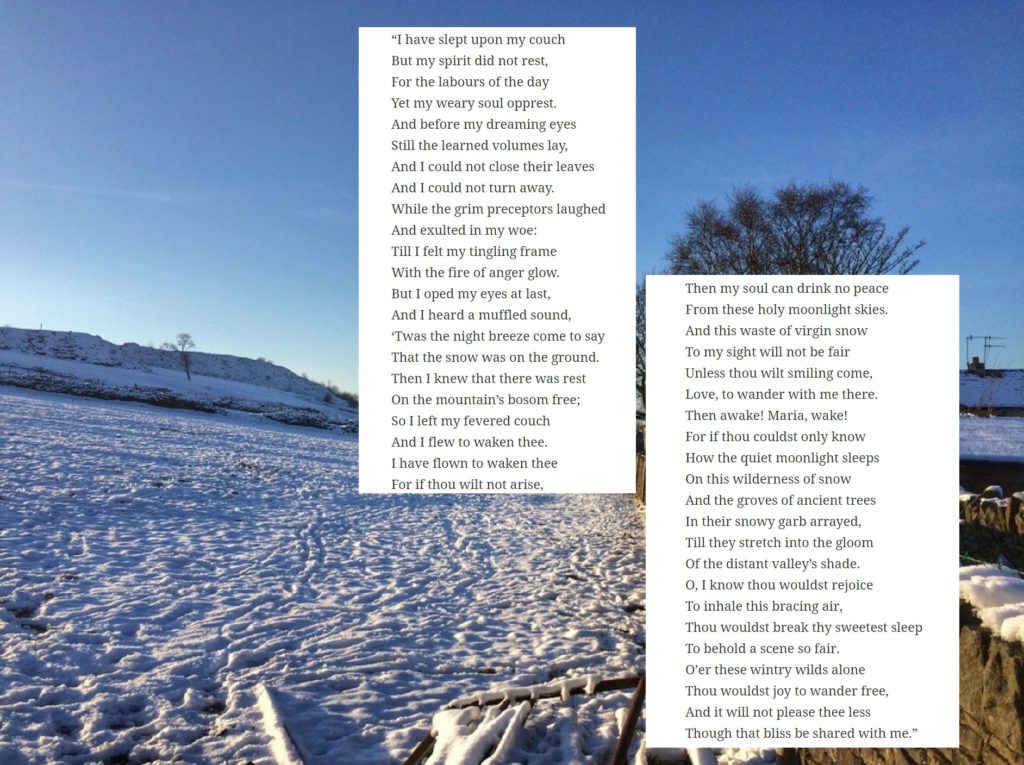A very Merry Christmas to you all, thank you for joining me for the festive countdown over the last four Sundays and for supporting my Anne Brontë (and family) blog throughout many years and many hundreds of posts now. It means so much to me! It’s time to light the final Advent (Anne-vent) candle with a special item befitting this most special of days!
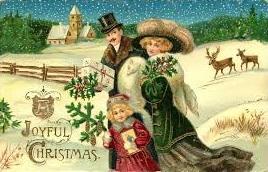
Pets are for life, of course, and not just for Christmas, but there’s no denying that there are few things in life that add greater value and happiness than having a four legged companion of some kind. Anne Brontë thought so, and she was especially close to her beloved spaniel Flossy. Flossy was a gift from the Robinson girls that she was governess for at Thorp Green Hall near York, and this most thoughtful gift shows how much they loved Anne and how successful she was in her job. Flossy was painted by Emily Brontë and Anne sketched herself and Flossy together as shown below:
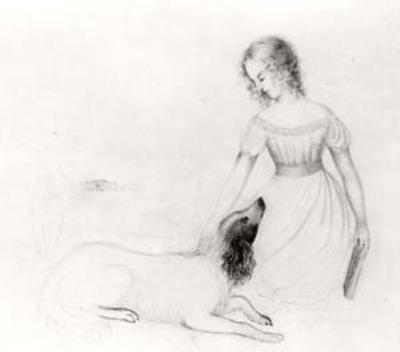
Today’s Advent candle, however, is represented by the following two paintings that Anne made, and which show the love that she and Flossy shared!
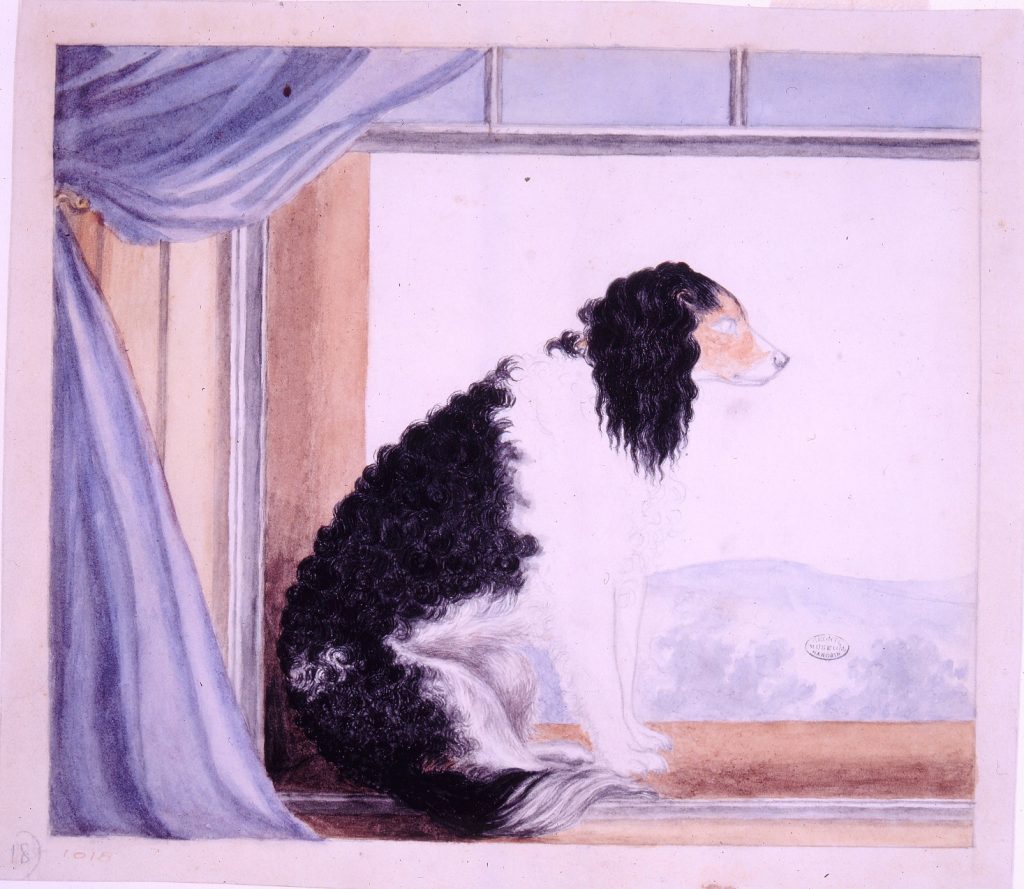
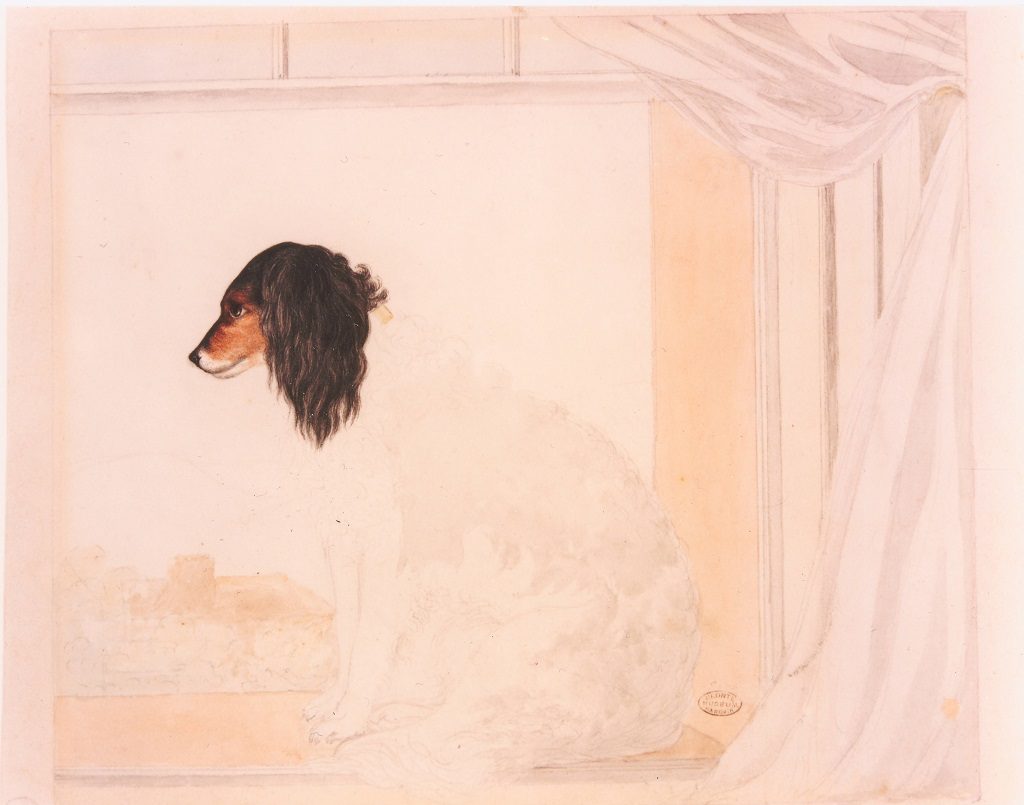
Both pictures are unfinished, which perhaps showed that Flossy wasn’t the best at sitting still in a window (indeed Charlotte Brontë later commented how much Flossy loved chasing across the moors after sheep). In one painting Anne made a lot of progress on Flossy’s body, and in the other she made a very detailed study of Flossy’s head but the body is far from finished. I’ve often thought how wonderful it would be if we could somehow combine the two, so with a little technical jiggery-pokery that’s exactly what I’ve done as a Christmas gift to you all. Here then is my completed Flossy with more than a little help from Anne Brontë!
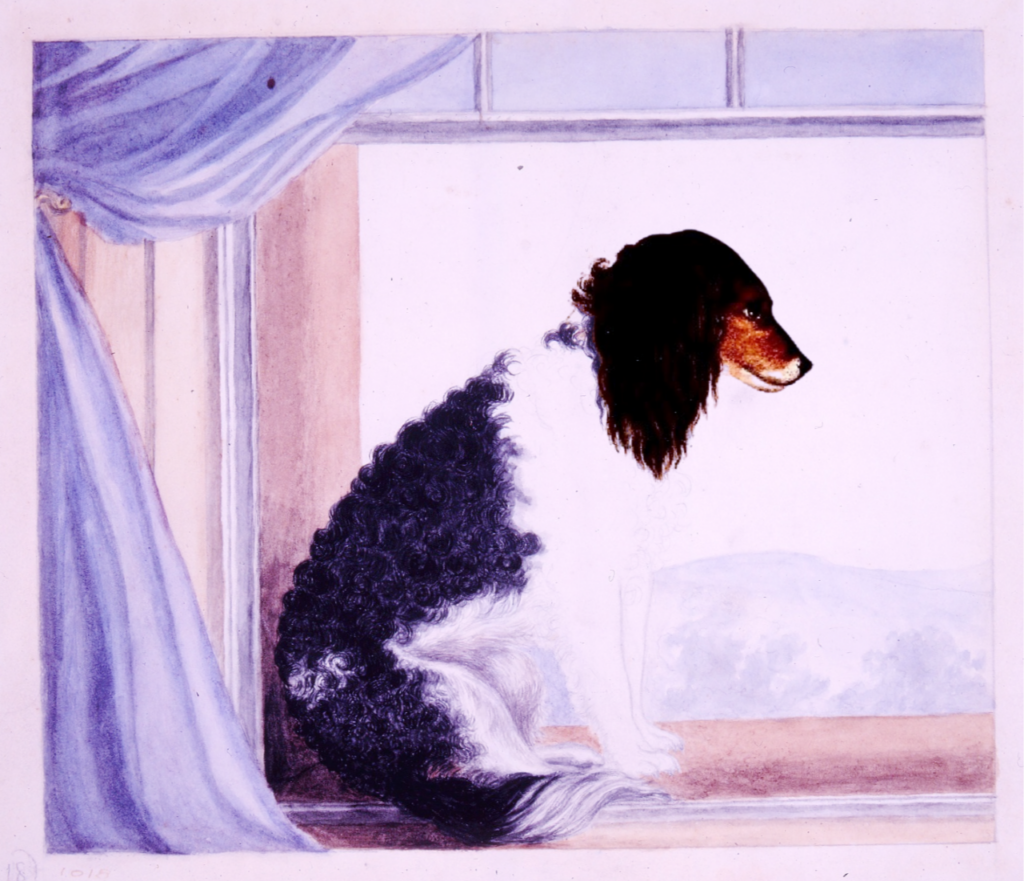
As you know I never charge for this blog and never have adverts, and I never will. It’s a labour of love that I’m happy to share with Brontë lovers across the globe. You may also know that as well as writing books and blogs about the Brontës I also work for the wonderful The Sheffield Cats Shelter. I therefore give you this link to our Christmas appeal; if any of you can donate anything to help our cats and kittens in need it would be my very best Christmas present, thank you! https://justgiving.com/campaign/catsatchristmas
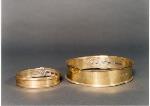
I leave you now, as has become my tradition, with Anne Brontë’s poem set on this very day. May you and your loved ones have a very Happy Christmas, and to all of you missing a special someone on this day I send my sincerest love and best wishes – a family of Brontë lovers worldwide is thinking of you and is with you in spirit, just as your loved ones are. I leave you now, until next week’s New Year post, with Anne Brontë’s ‘Music On Christmas Morning’:
Music I love – but never strain
Could kindle raptures so divine,
So grief assuage, so conquer pain,
And rouse this pensive heart of mine –
As that we hear on Christmas morn,
Upon the wintry breezes borne.
Though Darkness still her empire keep,
And hours must pass, ere morning break;
From troubled dreams, or slumbers deep,
That music kindly bids us wake:
It calls us, with an angel’s voice,
To wake, and worship, and rejoice;
To greet with joy the glorious morn,
Which angels welcomed long ago,
When our redeeming Lord was born,
To bring the light of Heaven below;
The Powers of Darkness to dispel,
And rescue Earth from Death and Hell.
While listening to that sacred strain,
My raptured spirit soars on high;
I seem to hear those songs again
Resounding through the open sky,
That kindled such divine delight,
In those who watched their flocks by night.
With them, I celebrate His birth –
Glory to God, in highest Heaven,
Good-will to men, and peace on Earth,
To us a Saviour-king is given;
Our God is come to claim His own,
And Satan’s power is overthrown!
A sinless God, for sinful men,
Descends to suffer and to bleed;
Hell must renounce its empire then;
The price is paid, the world is freed,
And Satan’s self must now confess,
That Christ has earned a Right to bless:
Now holy Peace may smile from heaven,
And heavenly Truth from earth shall spring:
The captive’s galling bonds are riven,
For our Redeemer is our king;
And He that gave his blood for men
Will lead us home to God again.
